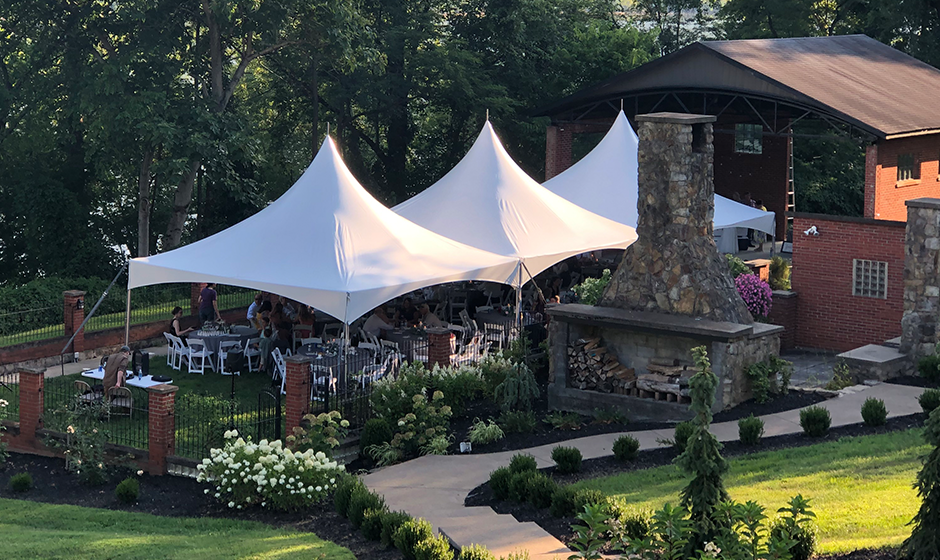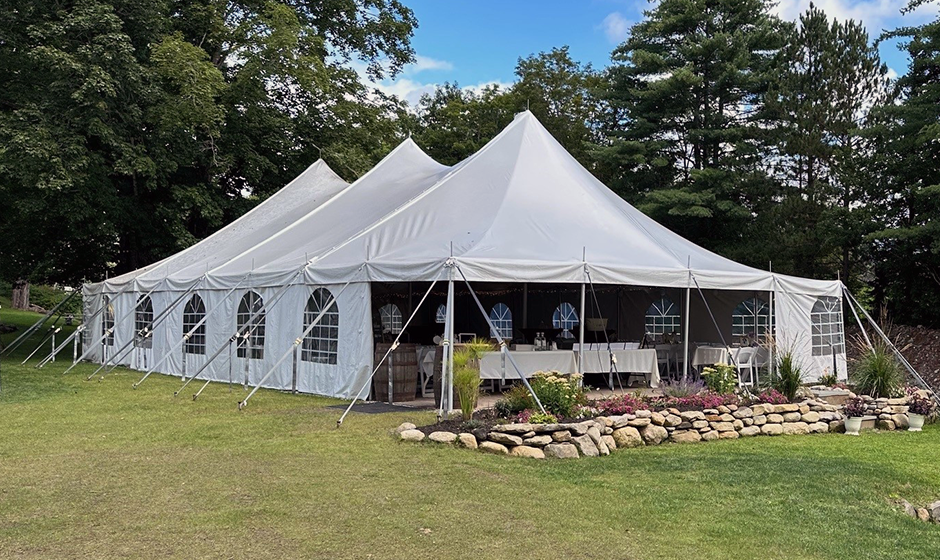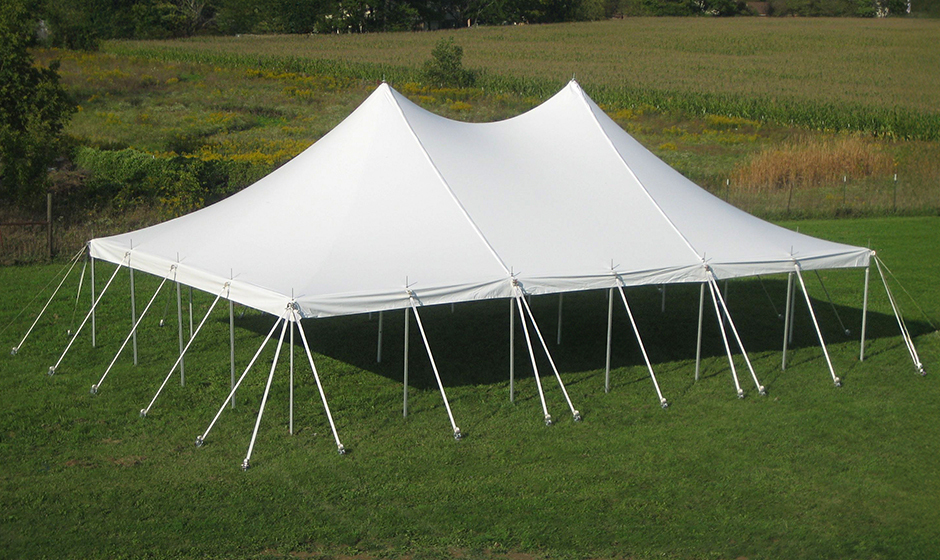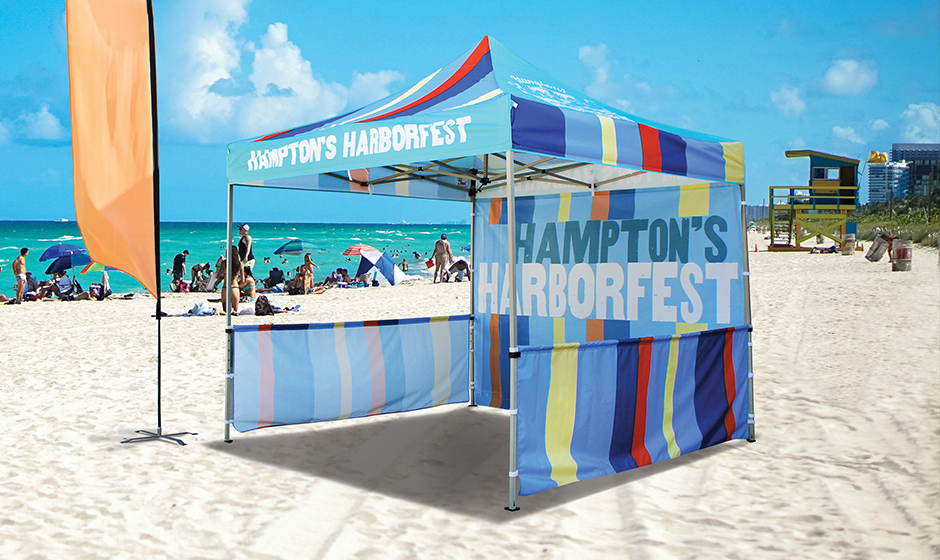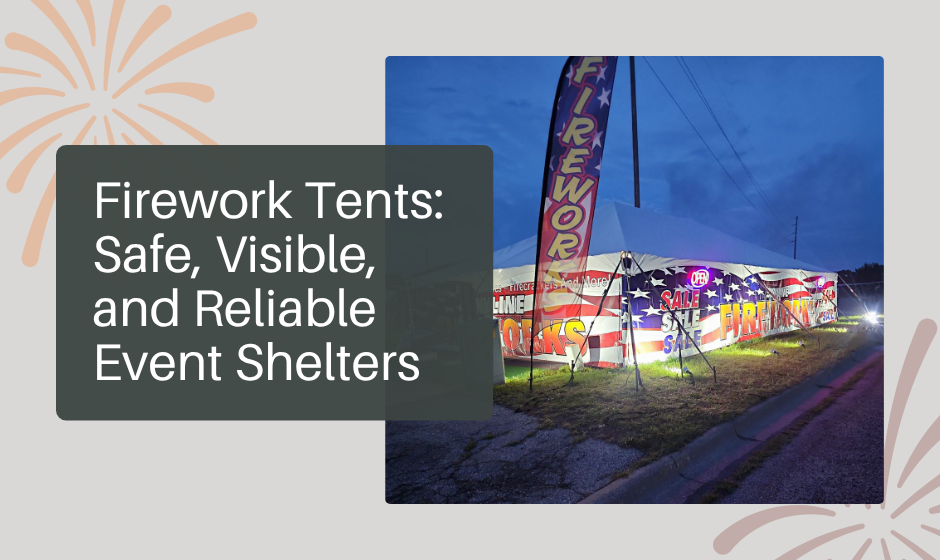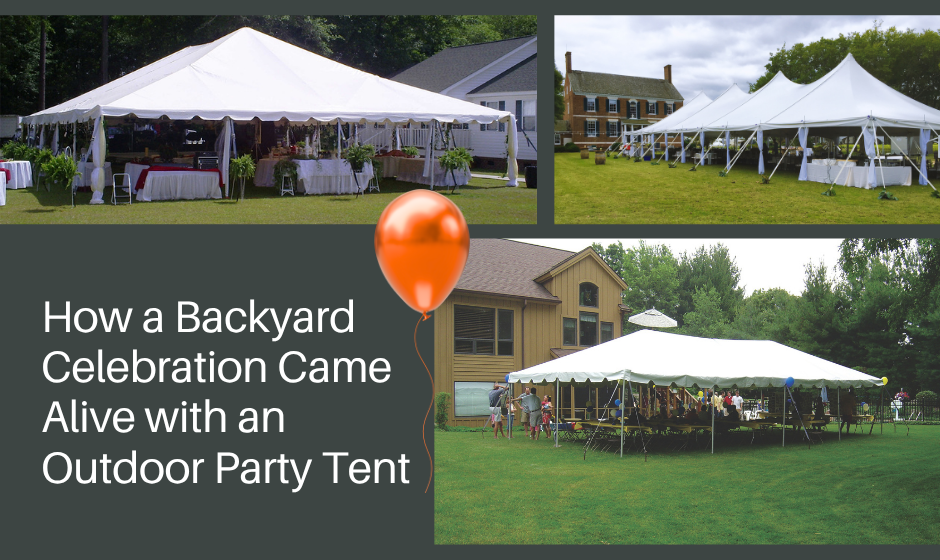Understanding Flame Retardant Tents: Safety, Certification, and Best Practices
When purchasing a flame-retardant tent, it’s crucial to understand what makes a tent flame resistant, how its materials are tested, and the safety precautions necessary for its use. Whether you're camping, hosting an outdoor event, or using a tent for industrial applications, knowing how flame retardancy works can help ensure a safer experience.

Defining Flame Retardant Materials
A flame-retardant tent is made with materials treated to resist ignition and slow the spread of fire. However, it's important to clarify commonly used terms associated with flame resistance:
- Flame Resistant: A fabric that self-extinguishes once the ignition source is removed. It can catch fire but won’t continue burning on its own.
- Nonflammable: Materials that are highly resistant to catching fire and do not ignite easily, even when exposed to direct flame.
- Flame Retardant: Fabrics treated with chemicals to slow or prevent flame spread. Many commercial tents use flame retardant coatings for added safety.
Testing Standards for Flame Retardant Tents
When purchasing a flame-retardant tent, look for certifications that indicate the fabric has been tested for fire resistance. Two key testing methods dominate the industry:
CPAI-84 and CPAI-87 Testing Standards
Developed for tent materials, these standards require fabrics to withstand exposure to an open flame for 12 seconds. They evaluate:
- The char length of the fabric
- How long the material continues burning after flame removal
- Whether burning fragments fall from the fabric
If a material fails any portion of the test, it is deemed non-compliant and must be retested.
NFPA 701 Testing Standard
The National Fire Protection Association (NFPA) 701 test measures flame propagation rate, after-flame duration, and char length. This certification is essential for large tents used at public events, circuses, or industrial sites.
Certification and Legal Compliance
Flame retardant tents must meet local or state fire codes, which vary by location. The California State Fire Marshal Code is among the strictest in the U.S.—a tent meeting this standard is generally accepted elsewhere.
Before purchasing, confirm compliance with your regional fire safety laws. Proper certification helps avoid fines and ensures safety during public or commercial use.
Fire Safety Tips for Using a Flame Retardant Tent
Even with certified flame-retardant materials, fire safety remains essential. Follow these best practices to minimize fire risk:
- Keep open flames away—avoid candles, stoves, and bonfires near your tent.
- Set up in a safe location—away from dry grass, branches, or fire pits.
- Use flame-resistant accessories like tarps, ropes, and tie-downs.
- Monitor heaters or cooking devices—ensure safe placement away from tent walls.
- Keep a fire extinguisher nearby for emergencies.
- Educate all users on fire safety and emergency exits.
- Inspect regularly for damage that may reduce flame resistance.
What to Do in Case of a Fire
- Evacuate immediately—don’t attempt to extinguish large fires alone.
- Call emergency services without delay.
- Never re-enter the tent until it’s deemed safe by professionals.
- Use a fire extinguisher only if the fire is small and manageable.
Choosing the Right Flame Retardant Tent
When selecting a flame retardant tent, consider the following factors:
- Material Composition: Look for CPAI-84 or NFPA 701-certified fabrics.
- Intended Use: Match the tent to your specific purpose—event, industrial, or outdoor recreation.
- Ventilation: Adequate airflow helps reduce heat and vapor buildup.
- Durability: Choose materials that are UV- and water-resistant for long-term performance.
- Brand Reputation: Purchase from a trusted manufacturer with valid certifications.
Conclusion
A flame retardant tent is an essential safety investment for outdoor events and industrial operations. While flame resistance reduces fire risks, it doesn’t eliminate them entirely. Understanding certifications, following fire precautions, and ensuring compliance with local laws will help maintain safety and peace of mind for every use.





